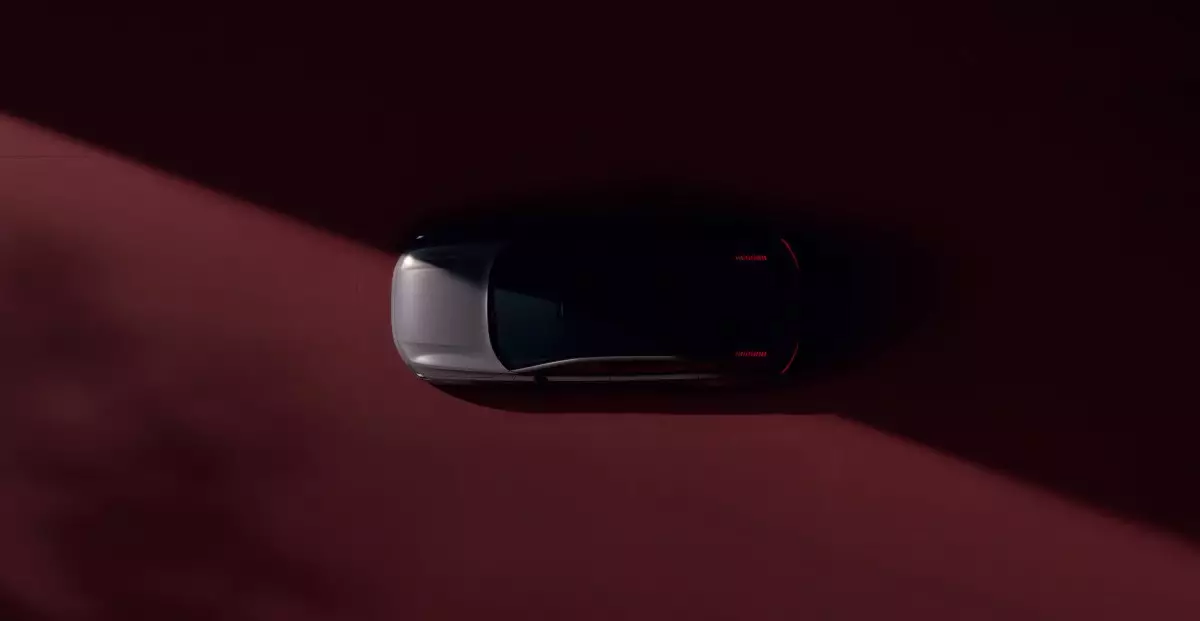As electric vehicles continue to evolve, Volvo is making significant strides with its upcoming ES90 midsize luxury sedan. This vehicle is not just another addition to Volvo’s lineup; it represents a technological leap defined by the innovative Superset tech stack, a comprehensive architecture designed to enhance every feature and function across Volvo’s future models. Here, we delve into the implications of this development and what it means for the automotive industry.
One of the standout elements of the ES90 is its state-of-the-art computing capability, powered by a dual Nvidia Drive AGX Orin configuration. This setup marks a pivotal moment for Volvo, making the ES90 the company’s most powerful vehicle to date in terms of core computing. With the ability to handle an astonishing 508 trillion operations per second (TOPS), the Orin system sets a new standard for performance in electric vehicles. Volvo claims that this remarkable processing power will streamline essential functions, including advanced safety features, sensor management, and sophisticated battery optimization.
Notably, the improvements brought by the Orin chip illustrate a significant leap in technology, boasting an eightfold increase in processing speed compared to its predecessor, the Xavier. The enhanced computational capabilities allow Volvo to expand its deep learning models considerably; from 40 million to a staggering 200 million parameters. This evolution not only enhances real-time functionalities but also facilitates ongoing development in autonomous driving and safety systems, setting a benchmark for future models.
The ES90 is built on Volvo’s SPA2 architecture, and it originates from the modular Superset tech stack that is intended to standardize and enhance all upcoming vehicles. By employing a modular approach, Volvo aims to create safer cars that can evolve over time through over-the-air software updates. This approach echoes the pioneering spirit of companies like Tesla, who first introduced the concept of vehicles that could improve as technology advances. Volvo’s ambition is to bridge the gap between hardware and software, allowing for continuous upgrades across its vehicle range.
This philosophy is rooted in the understanding that software will increasingly become a critical determinant of a vehicle’s performance and appeal. With the ability to adjust features and improve functionalities after initial sale, the ES90 is positioned not just as a product, but as a continuously evolving platform.
While the excitement surrounding Volvo’s technological advancements is palpable, it is important to acknowledge the challenges the company faced with previous models. The EX90 electric SUV was intended to be a flagship for this new tech stack; however, it encountered software delays and shipped with fewer features than initially promised. These setbacks highlight the often unpredictable nature of automotive software development, particularly in a rapidly changing industry characterized by intense competition.
Volvo’s commitment to rectifying these issues indicates a willingness to learn and adapt, which could position the company favorably within an industry increasingly reliant on cutting-edge technology. By leveraging learnings from the EX90, engineers can refine the development process for the ES90, ensuring that it meets, and possibly exceeds, consumer expectations upon launch.
The introduction of the ES90 with the Superset tech stack has significant implications for the automotive landscape, signaling a shift towards vehicles integrated with advanced capabilities that can adapt over time. As automotive manufacturers scramble to keep pace with evolving technology, Volvo’s proactive approach may set a standard for innovation, safety, and user experience in electric vehicles.
The ES90 is more than just a car; it is a glimpse into the future of driving. With groundbreaking computing power and a commitment to continual improvement through technology, Volvo is positioning itself at the forefront of the electric vehicle revolution. As we move forward, we can expect to see farther-reaching implications for safety, efficiency, and the way consumers interact with their vehicles on a daily basis. The ES90 isn’t just paving the way for Volvo; it’s paving the way for the entire automotive industry.

